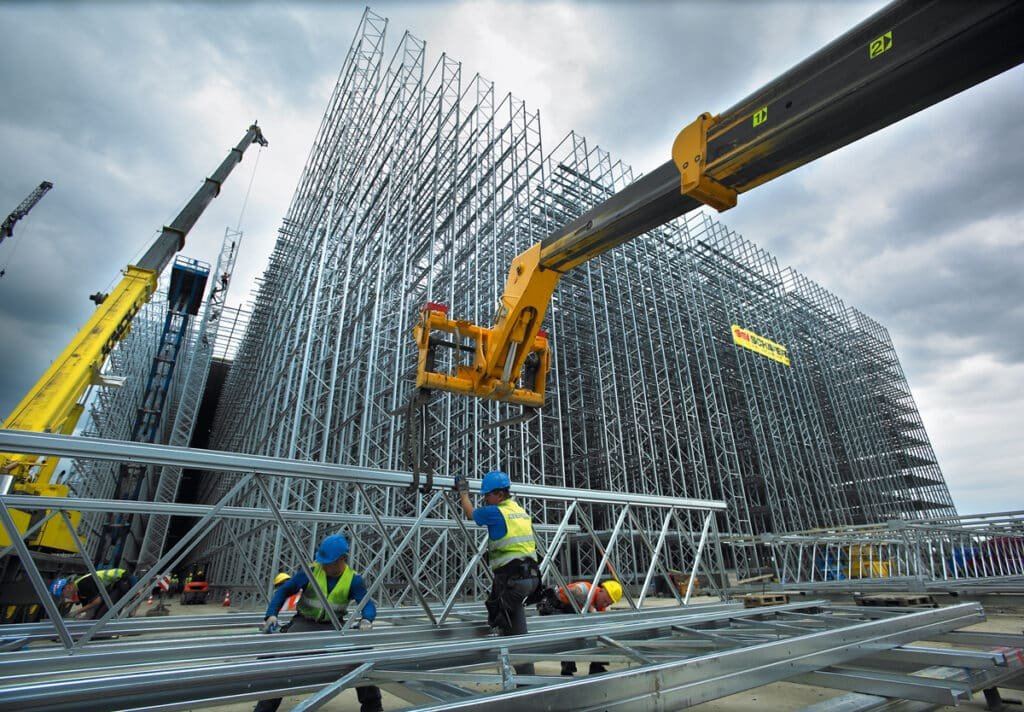Building an internal wall is a fundamental aspect of architectural design, whether for residential or commercial spaces. The choice of materials not only affects the structural integrity and aesthetic appeal of the wall but also influences insulation, soundproofing, and overall functionality. In this article, we will delve into the various materials required to construct an internal wall, examining their properties, advantages, and applications to help you make informed decisions for your next project.
- Understanding the Purpose of Internal Walls
Before selecting materials, it is crucial to understand the purpose of the internal wall. Internal walls can serve multiple functions, including:
- Structural Support: Some internal walls are load-bearing and must support the weight of the structure above.
- Space Division: They create distinct areas within a building, enhancing privacy and functionality.
- Sound Insulation: Internal walls can help reduce noise transmission between rooms.
- Thermal Insulation: They can contribute to energy efficiency by maintaining temperature control.
- Common Materials for Internal Walls
2.1. Drywall (Gypsum Board)
Properties: Drywall, also known as gypsum board or plasterboard, is one of the most popular materials for internal walls due to its lightweight nature and ease of installation.
Advantages:
- Cost-Effective: Drywall is relatively inexpensive compared to other wall materials.
- Fire Resistance: Gypsum has inherent fire-resistant properties, making it a safe choice for many applications.
- Smooth Finish: It provides a smooth surface that can be easily painted or finished.
Applications: Ideal for residential and commercial spaces, drywall is commonly used for non-load-bearing walls and ceilings.
2.2. Masonry (Brick and Block)
Properties: Masonry walls are constructed using bricks or concrete blocks, providing excellent durability and strength.
Advantages:
- Load-Bearing Capacity: Masonry walls can support significant weight, making them suitable for load-bearing applications.
- Sound Insulation: The density of masonry materials offers superior soundproofing capabilities.
- Fire Resistance: Like drywall, masonry is also fire-resistant, adding an extra layer of safety.
Applications: Commonly used in commercial buildings and basements, masonry walls are ideal for areas requiring enhanced durability and sound insulation.
2.3. Wood Framing
Properties: Wood framing involves constructing walls using wooden studs, which are then covered with drywall or other materials.
Advantages:
- Flexibility: Wood framing allows for easy modifications and adjustments during construction.
- Aesthetic Appeal: Exposed wood can add warmth and character to a space.
- Insulation: Wood can provide good thermal insulation when combined with appropriate insulation materials.
Applications: Wood framing is widely used in residential construction, particularly in single-family homes.
2.4. Steel Framing
Properties: Steel framing utilizes steel studs and tracks to create a sturdy wall structure.
Advantages:
- Strength and Durability: Steel is resistant to warping, termites, and other pests, ensuring longevity.
- Fire Resistance: Steel does not burn, making it a safe choice for fire-prone areas.
- Sustainability: Steel is often made from recycled materials, making it an environmentally friendly option.
Applications: Steel framing is commonly used in commercial buildings and high-rise structures due to its strength and stability.
- Insulation Materials
Regardless of the wall structure, insulation is a critical component for energy efficiency and soundproofing. Common insulation materials include:
- Fiberglass Batts: Affordable and effective for thermal insulation, fiberglass batts are easy to install between wall studs.
- Foam Board Insulation: Rigid foam boards provide excellent thermal resistance and can be used in various wall applications.
- Spray Foam Insulation: This expanding foam creates an airtight seal, offering superior insulation and soundproofing.
- Finishing Materials
The final appearance of an internal wall is often determined by the finishing materials used. Common options include:
- Paint: A versatile choice that allows for a wide range of colors and finishes.
- Wallpaper: Adds texture and pattern, enhancing the aesthetic appeal of a room.
- Paneling: Wood or composite panels can create a warm, inviting atmosphere.
- Conclusion
Building an internal wall requires careful consideration of materials based on the intended function, structural requirements, and aesthetic preferences. From drywall and masonry to wood and steel framing, each material offers unique advantages that can enhance the performance and appearance of your space. Additionally, incorporating insulation and finishing materials will further improve energy efficiency and visual appeal. By understanding the properties and applications of these materials, you can make informed decisions that align with your project goals, ensuring a successful and sustainable internal wall construction.

